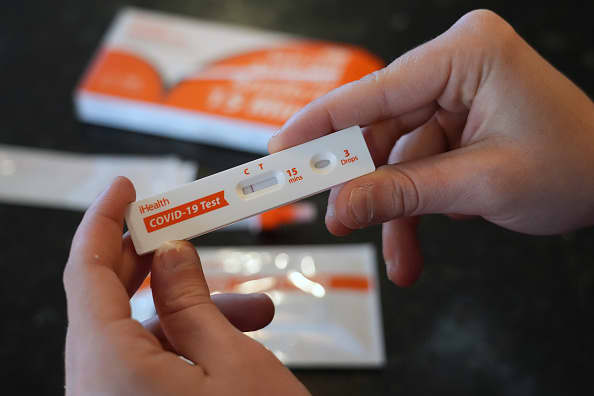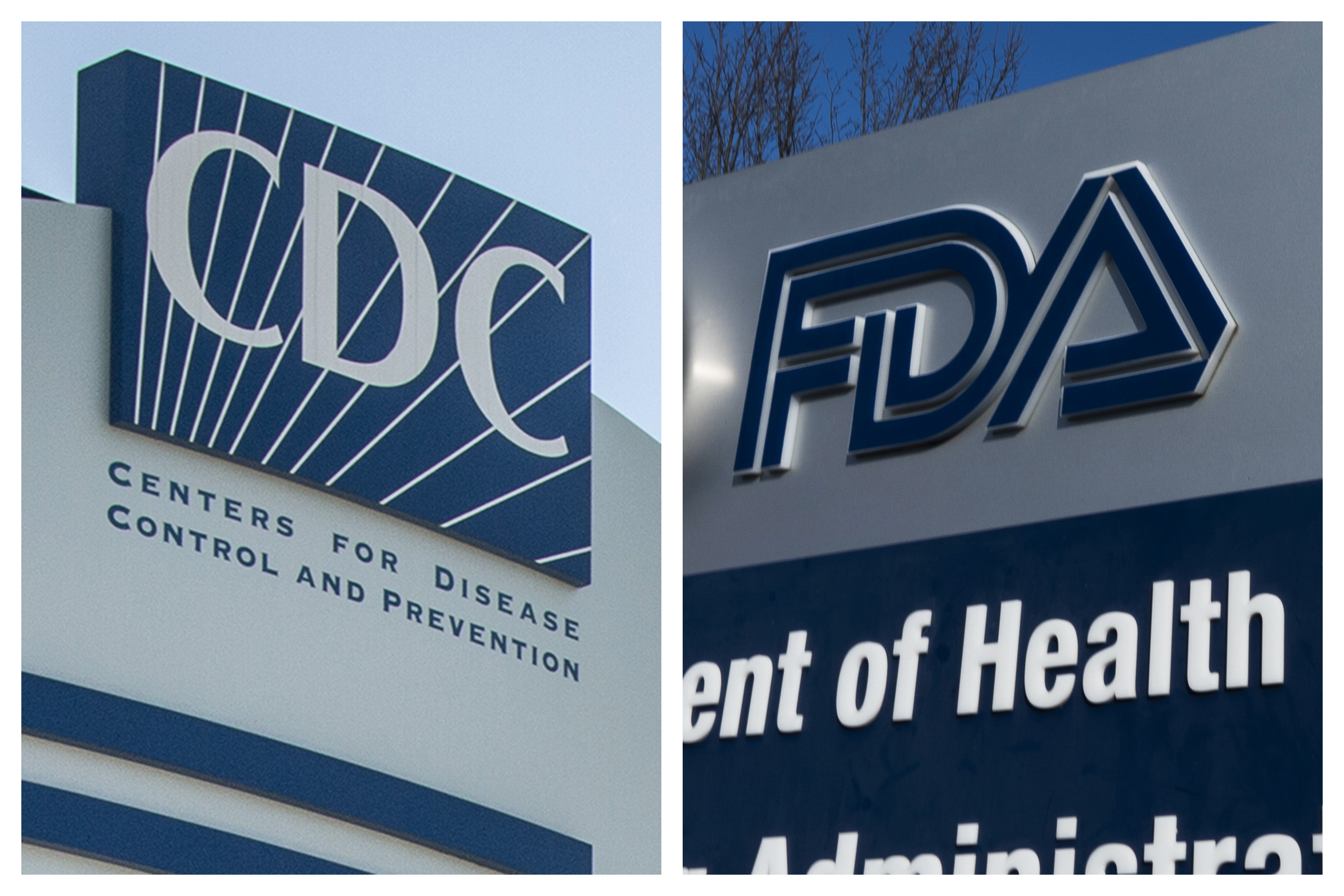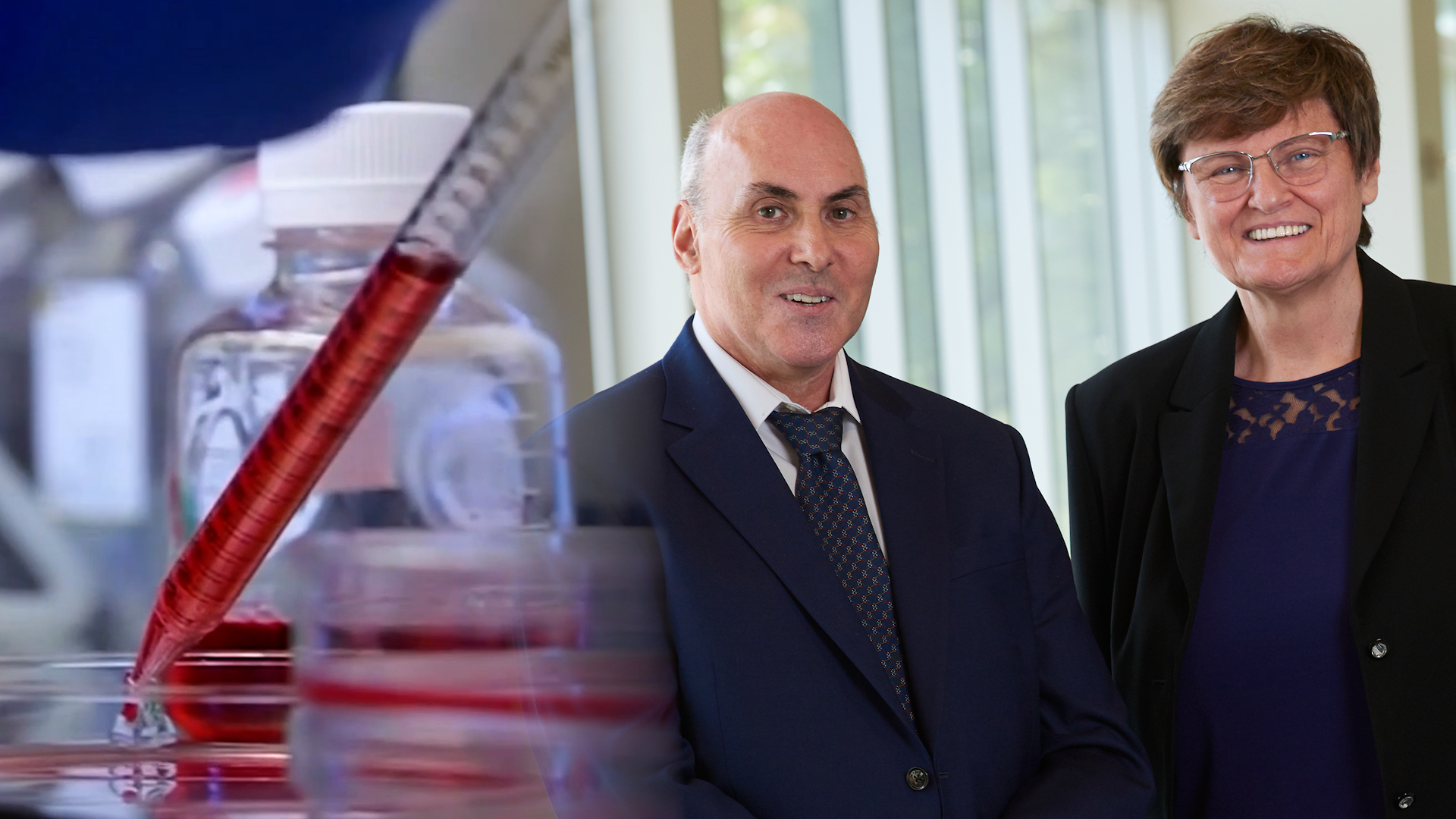New York City's youngest schoolkids can ditch their face coverings in educational and other early childcare settings Monday for the first time in well more than two years as the latest COVID threat continues to recede across the five boroughs.
Mayor Eric Adams, a Democrat, first announced late last week that the core COVID precaution -- and one of the city's last-standing pandemic mandates -- would turn optional for kids ages 2 to 4, who are not yet eligible for vaccination, as of Monday.
The mayor's words came minutes after his health commissioner, Dr. Ashwin Vasan, sought to assure New Yorkers in a lengthy Twitter thread that the latest COVID peak was passed. Adams had faced ongoing pressure over the remaining toddler rule.
It was supposed to have been nixed two months ago but was kept in place, despite a court challenge, until now over concerns about more contagious COVID variants.
Adams leveraged Vasan's tweets on lowering trends as the scientific evidence he has said galvanizes pandemic decision-making across New York City in making the announcement. Adams stressed that parents "can trust this administration to continue to make the proper public health decisions to keep our kids safe."
"I have always said that the science will guide us out of the pandemic, and because we have followed the data, which shows that cases are steadily falling, we‘ve beaten back the latest COVID-19 surge," the mayor said in that statement. "New Yorkers stepped up when we needed them most and have put us on the path to lower risk."
329 medal events. 32 sports. Endless drama. Catch all the action at the Paris Olympics. Sign up for our free Olympics Headlines newsletter.
These statements -- and the easing of more COVID restrictions -- has more than a handful of New Yorkers wondering two critical questions. First, why does the NYC health department website still indicate a "high alert level" if CDC doesn't? And which domino will drop next on the mask front -- Broadway theaters or mass transit?
(The masking requirement for rideshare vehicles is also still into effect, but file that under transit and ask anyone whether they've seen it enforced in the city lately.)
As for the first question, while Vasan lauded the much-improving COVID numbers in his Twitter thread last week, the city health data page that warehouses its alert information only included data reviewed through June 7. The transition didn't happen Monday either, with data covering June 11, but does appear to be imminent.
All five New York City counties spent the latter half of May in the CDC's top risk category for community viral spread, a likely effect of a BA.2.12.1-variant-fueled case surge. Hospitalizations increased, though to a lesser and manageable degree.
More Coverage
Similar patterns played out across the state at other times over the last few months, though the downstate region that includes New York City likely experienced that variant spread earlier than other states and major metro areas, based on the U.S. spots still grappling with high average COVID case and hospitalization rates.
Long Island currently has the highest rolling positivity rate (7.6%) of all 10 counties in New York state, per state data, and both counties, Suffolk and Nassau, remain in the CDC's high-risk category. Still, they are two of just seven New York state counties -- seven of the state's 62 counties, or 11.2% -- now with that designation.
Those numbers alone reflect a drastic reversal. As recently as May 20, 54 of the state's 62 counties (87%) of the total, were considered high-risk areas.
NYC does use the same metrics as the CDC to assess its own threat level -- rolling case, hospitalization and inpatient bed capacity rates -- but that doesn't necessarily mean all the datasets agree or become available at the same time. City health officials also base their alert levels on averages for all five counties while the CDC assesses the data specific to its alert levels only on a state or county basis.
Under the city's system, rolling new case and hospitalization rates both must reach respective thresholds of 200.0 and 10.0 new patients to merit a high alert status. After Monday's data update, those states were 247 and 10.3, respectively, with the former coming down significantly since Friday and the latter dropping marginally.
Citywide, the rolling transmission rate is still high (about 290 new cases per 100,000 residents daily). Each of the five boroughs has a case rate above that 200.0 threshold, though they range from a low of 230 in the Bronx to 339 on Staten Island, with Manhattan coming in a close second-highest at 336 new cases per 100,000.
Either way, the consensus appears clear that this latest COVID wave is ebbing. So which will be the next mask mandate to drop? Will it be Broadway? Or mass transit?
With childcare done, those are the final bastions of COVID mandates in the city -- and with the federal government eliminating its international testing policy on Sunday, few hard pandemic rules remain in place at any major level of government.
The Broadway League most recently extended its mask policy for all theatergoers through June, though its president, Charlotte St. Martin, said Friday that face coverings could become optional for Broadway's 41 theaters starting July 1 if COVID numbers hold at their current rates or, better yet, trend lower.
"We are hoping that by July 1 these mask protocols will be released, but we will follow the science," St. Martin said.
No decision has been made yet, she noted.
The Tony Awards, which were held at Radio City Music Hall on Sunday, required those seated in the orchestra to have a negative PCR test and proof of vaccine, St. Martin said, while those in the balcony were required to wear masks.
As for mass transit and the MTA, which is run jointly by the state and city, Gov. Kathy Hochul said when asked about the matter Thursday that the policy was being reviewed and state officials would like to change it soon. The Democratic governor has in the past held her plans close to the vest until decision time is imminent, but sources familiar with her thinking say they think masks will be made optional soon.
"We've now had a 17-day decline. We are heading to a place where we could have those conversations soon," Hochul said last week.




